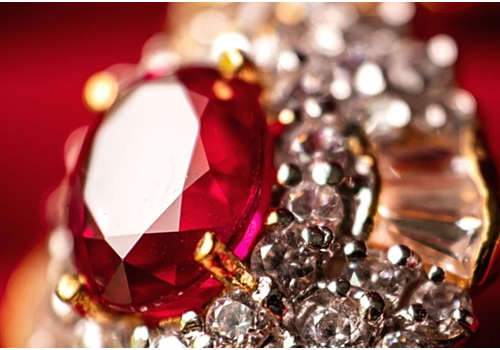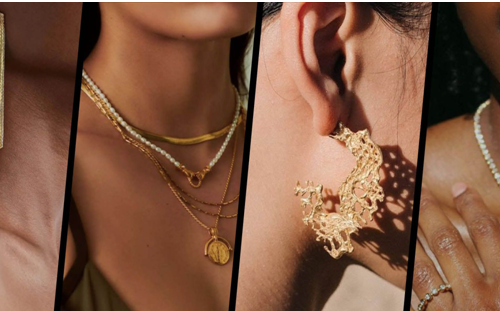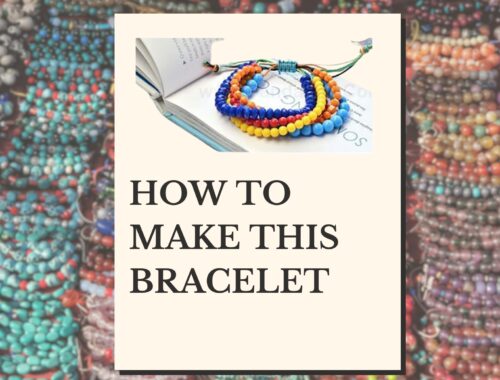
History of Earrings

Earrings are one of the most popular forms of jewelry and have been worn by people all over the world for thousands of years. They are a versatile accessory that can be worn with any outfit and are available in a wide range of styles and designs. In this article, we will take a look at the history of earrings and how they have evolved over time.
The earliest evidence of earrings can be traced back to ancient Persia, where they were worn by both men and women. The ancient Persians believed that earrings had a protective function and would protect them from evil spirits. Earrings were often made from gold, silver, or precious stones and were adorned with intricate designs.
In ancient Egypt, earrings were a symbol of wealth and status and were often worn by both men and women. The ancient Egyptians believed that earrings had magical powers and would protect the wearer from illness and harm. They were often made from gold, silver, and precious stones and were decorated with images of gods and goddesses.
During the Hellenistic period, earrings became increasingly popular in Greece. They were often worn in pairs and were made from gold, silver, and precious stones. The designs of Greek earrings were often inspired by nature, with motifs such as leaves, flowers, and animals.
In ancient Rome, earrings were a symbol of status and were often worn by wealthy women. They were often made from gold, silver, and precious stones and were decorated with images of gods and goddesses. Earrings were also worn by men during the Roman Empire, but their designs were more understated.
During the Middle Ages, earrings fell out of fashion in Europe and were only worn by a few select groups, such as the nobility and wealthy merchants. However, in other parts of the world, such as India and the Middle East, earrings continued to be worn and were often made from gold, silver, and precious stones.
In the 16th and 17th centuries, earrings became increasingly popular in Europe again. They were often worn by women and were made from gold, silver, and precious stones. The designs of earrings during this period were often inspired by the Renaissance, with motifs such as flowers, animals, and human figures.
In the 18th century, earrings became more elaborate and were often made from precious metals and gemstones. The designs were often inspired by nature, with motifs such as flowers, leaves, and animals. During this period, earrings were worn by both men and women and were often a symbol of wealth and status.
In the 19th century, earrings continued to be popular, but their designs became simpler and more understated. They were often made from gold or silver and were decorated with small gems or pearls. During this period, earrings were worn by women of all classes and were often given as gifts to mark special occasions such as weddings and birthdays.
In the 20th century, earrings continued to be popular, and their designs became more diverse and innovative. Earrings were made from a wide range of materials, including plastics, ceramics, and glass. The designs of earrings during this period were often influenced by popular culture, with motifs such as peace signs and flower power.
Today, earrings are a staple accessory for people of all ages and backgrounds. They are available in a wide range of styles, from simple studs to elaborate chandeliers. Earrings can be made from a variety of materials, including gold, silver, platinum, and precious stones.
In conclusion, earrings have been worn by people all over the world for thousands of years. They have been a symbol of wealth, status, and protection, and their designs have been influenced by different cultures and time periods. Today, earrings continue to be a popular accessory and are available in a wide range of styles and designs.




